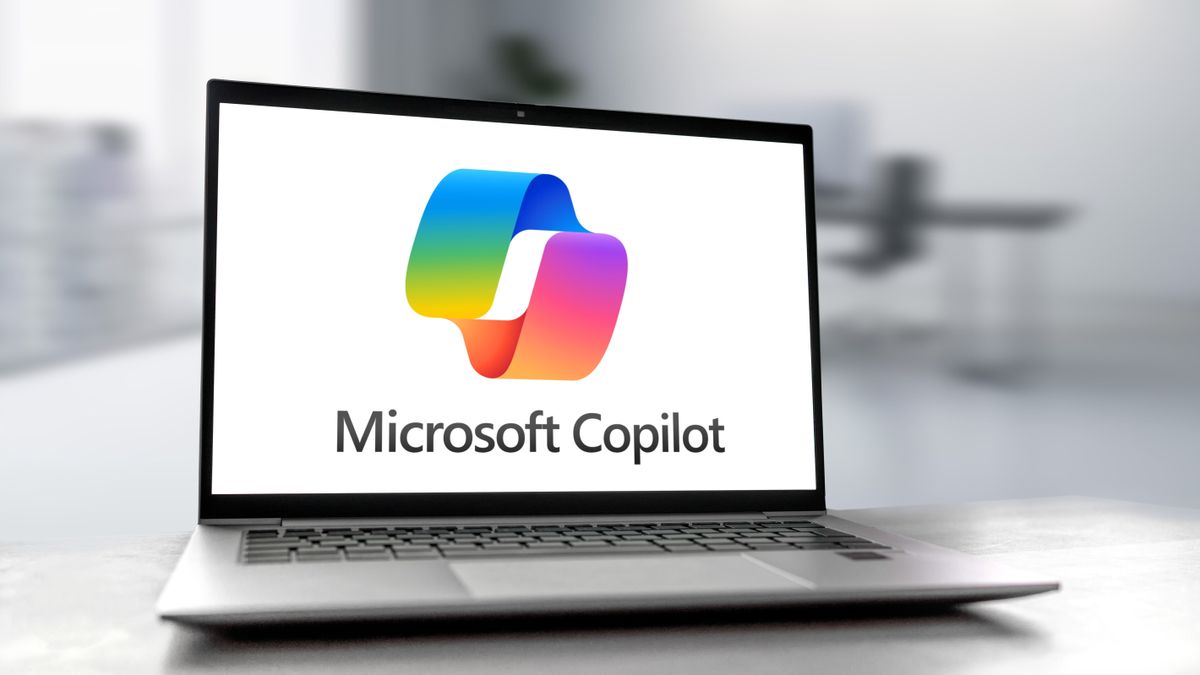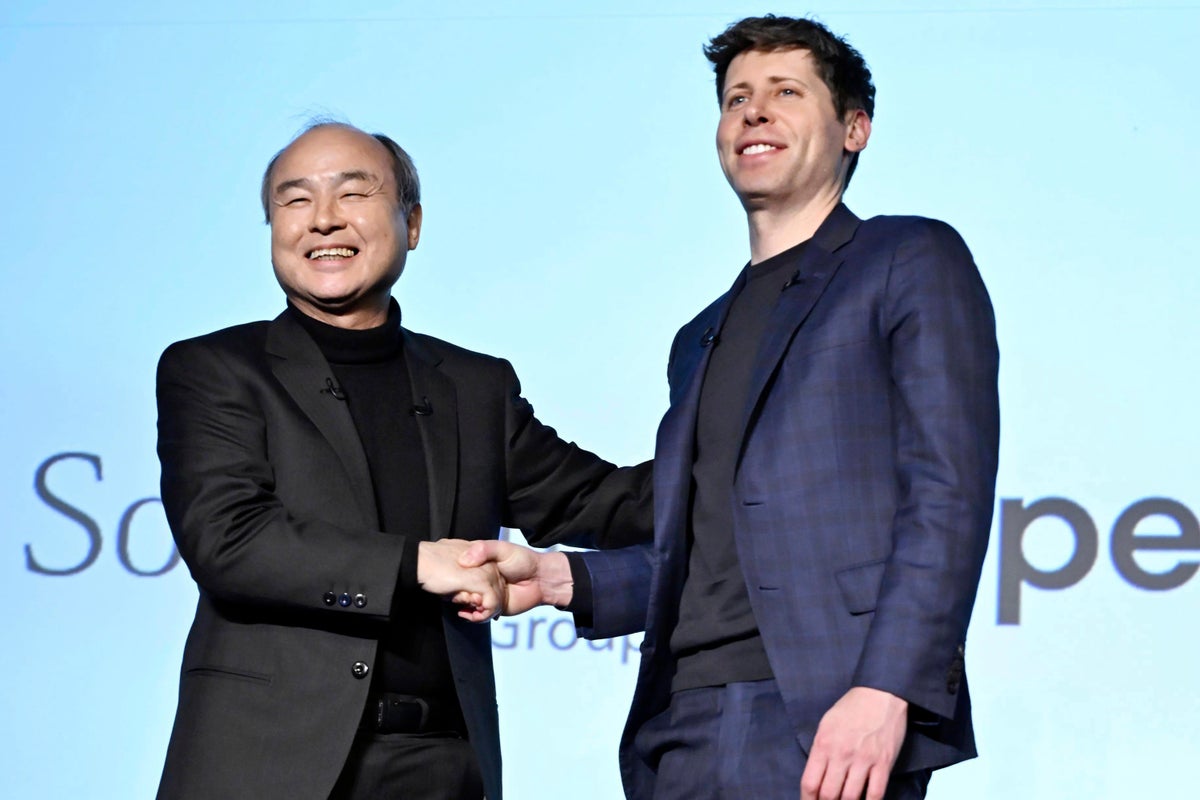Microsoft makes $20/month premium ChatGPT Plus AI model free on Copilot
Microsoft makes $20/month premium ChatGPT Plus AI model free on Copilot
Share:
OpenAI’s most advanced AI model, a keen problem solver known as “o1”, has been locked behind a paywall since last year. Access isn’t cheap, either: $20 a month gets you a limited number of messages, while unlimited use costs a hefty $200 per month. If you’ve been itching to try it but were put off by the rolling fee, there’s good news: With a new workaround, you can use o1 completely free of charge. All you have to do is switch from ChatGPT to Microsoft’s CoPilot AI service.

Pressing it will activate the o1 reasoning model and present you with a selection of recommended prompts and a short description. This is Microsoft’s way of letting you know that you’re in for a short wait, 30 seconds to be precise, so stick to the default bot (a speedier version of ChatGPT, known as GPT-4o) if you’re in a rush. So, when should you opt for o1? In a nutshell, it’s better suited for complex tasks that require more in-depth reasoning. Try calling upon it when you need help solving tricky Maths problems or science equations, writing lengthy reports or debugging code. Basically, any time it feels like ChatGPT is struggling to get the job done.

And, because it spends more time deliberating on its tasks, it’s less likely to trip up and make mistakes (or “hallucinate”, in OpenAI’s words). While other GPT models learned by mimicking patterns in their training data, o1 takes a different approach. Using a technique called reinforcement learning, OpenAI taught the system to work things out by rewarding right answers and penalising wrong ones. It then moves through queries step-by-step, much like humans do when solving problems.
But, there’s a catch: o1 isn’t quite on the same level as ChatGPT in some areas. It struggles with factual knowledge and lacks the ability to browse the web or process files and images. Despite its big brain, o1 is old hat in the fast-moving world of artificial intelligence. The big story this week has been DeepSeek, a controversial Chinese AI firm that offers its own GPT-4 and o1 rivals that were allegedly built at a fraction of the cost of their US counterparts.
DeepSeek’s arrival has been nothing short of seismic for the tech industry. Global stock markets have tumbled, investigations have been launched, and bans threatened. At the same time, the bot has been embraced by some firms. Despite being OpenAI’s biggest financial backer, Microsoft has added the open-source DeepSeek R1 reasoning model to its Azure AI Foundry and GitHub, platforms used by developers to build and collaborate on advanced AI projects.
In addition, startup Perplexity has integrated R1 into its popular AI search engine. DeepSeek has also injected an even greater sense of urgency into the already vigorous AI space. Shortly after its free mobile app went viral, OpenAI boss Sam Altman announced that his firm would hasten new releases in response to its Chinese competitor. Not that OpenAI was sitting on its hands. Just last month, it began testing twin AI models, o3 and o3 mini, with the former outperforming o1 in coding, Maths, and science.






















